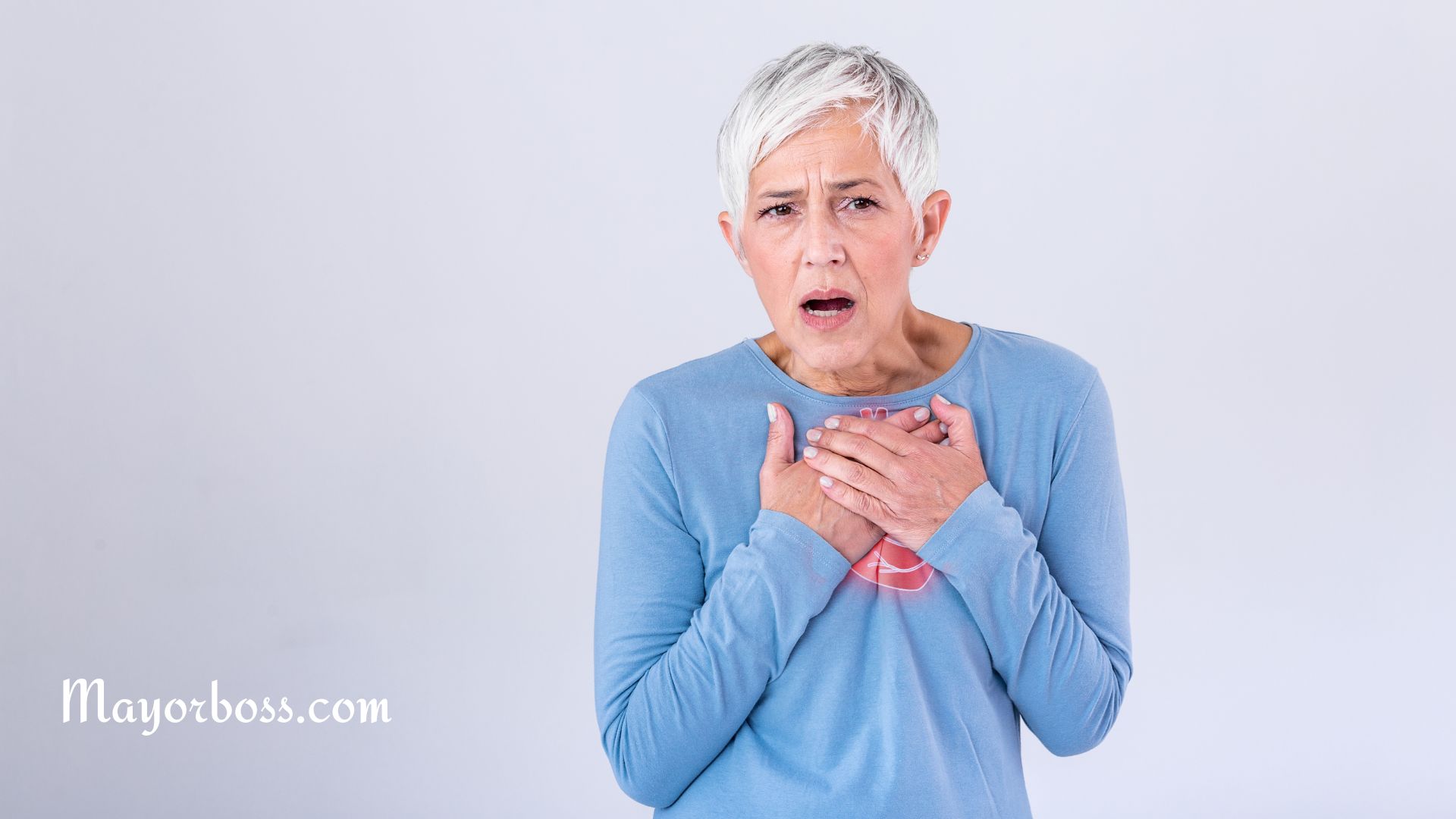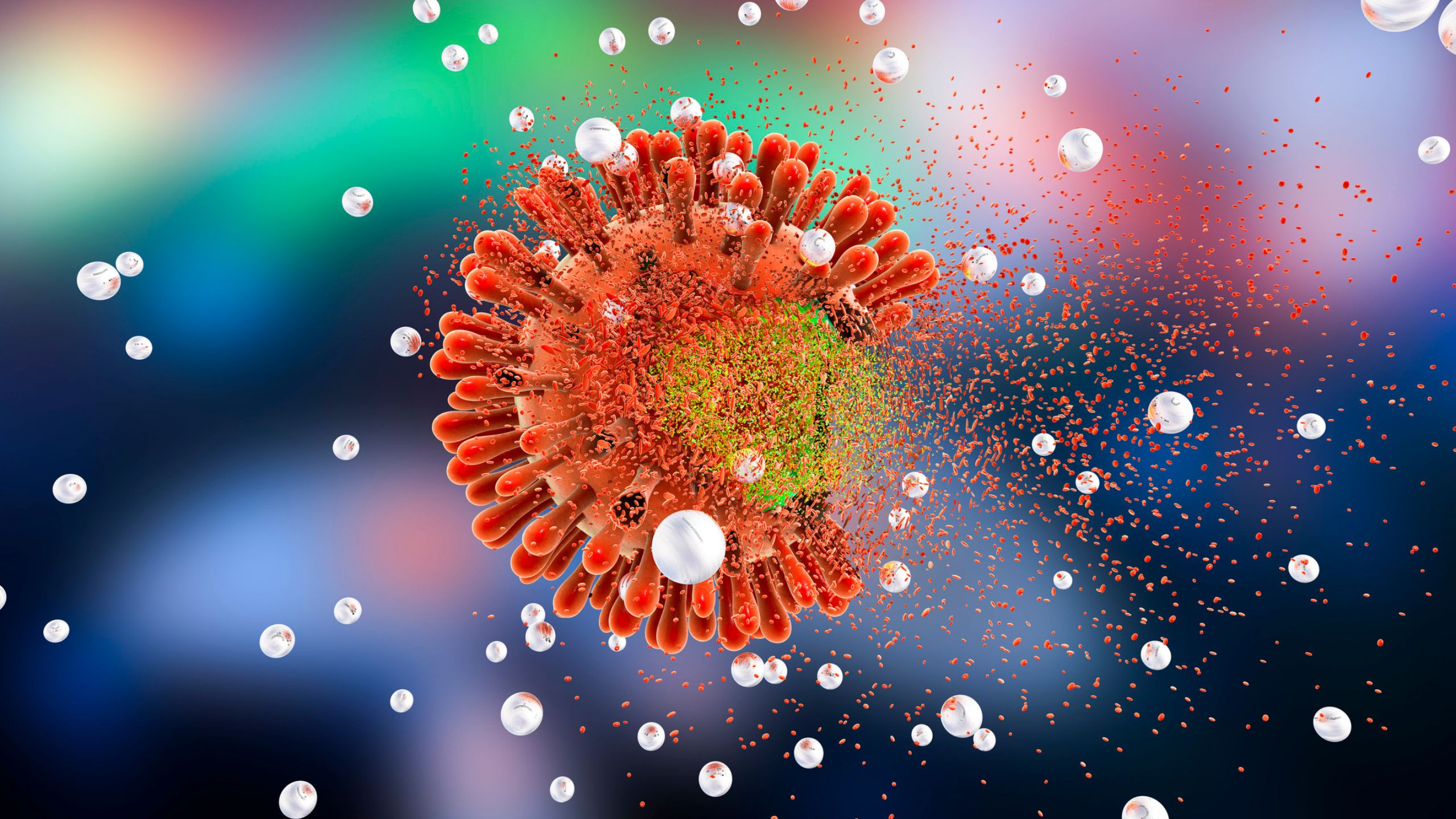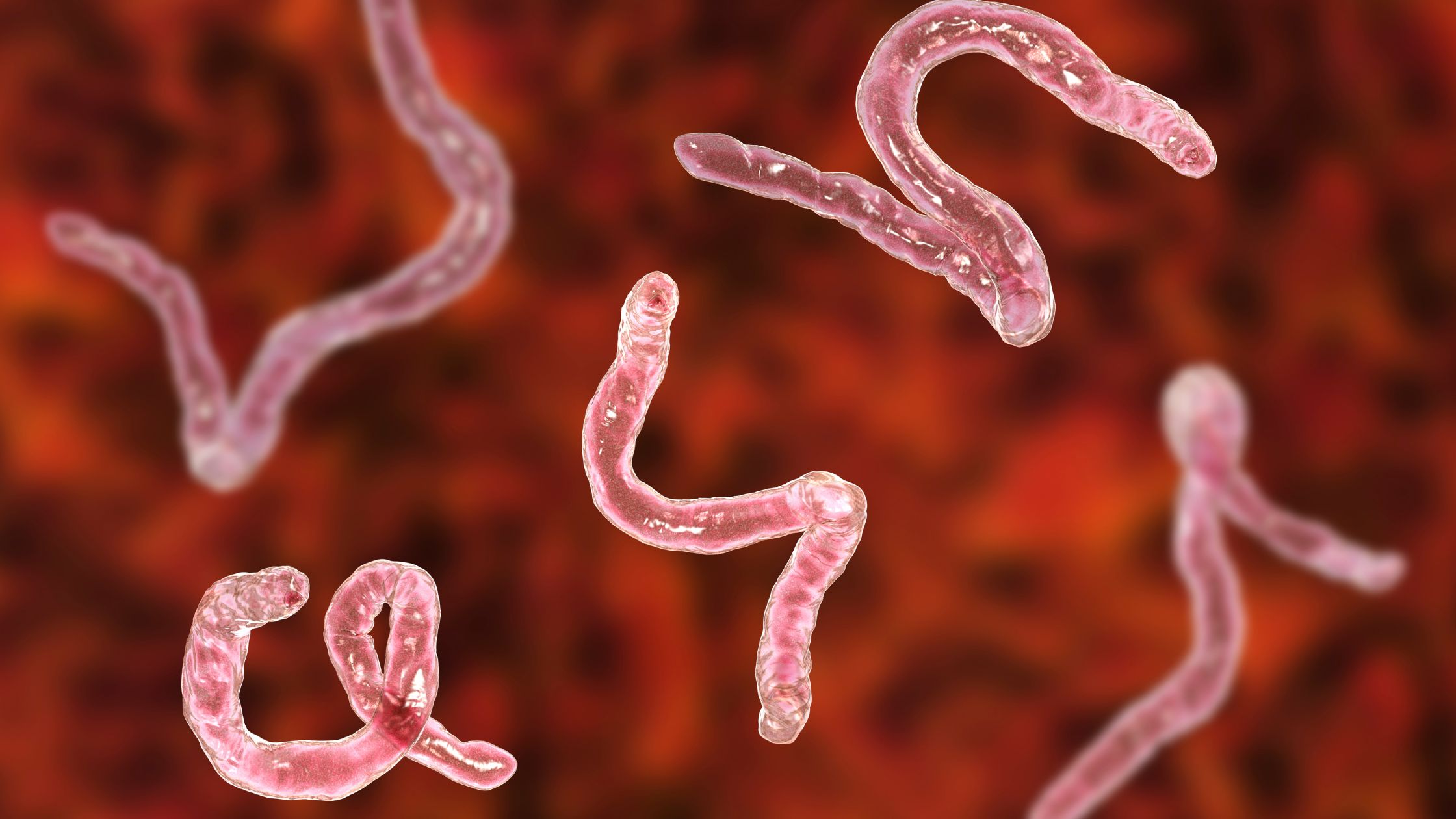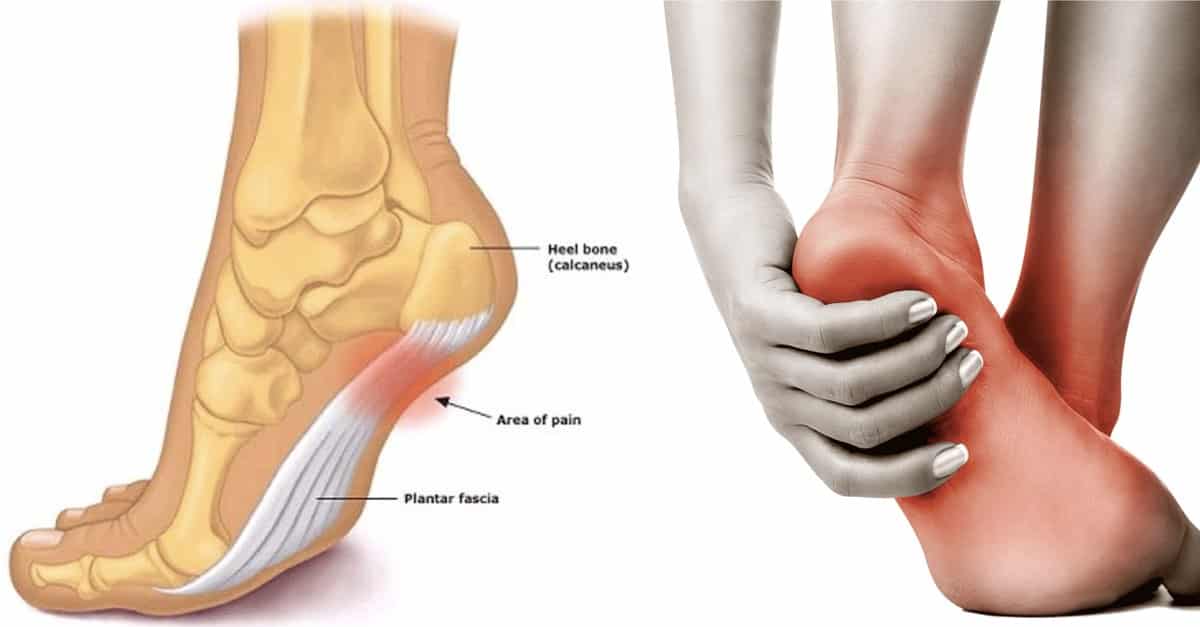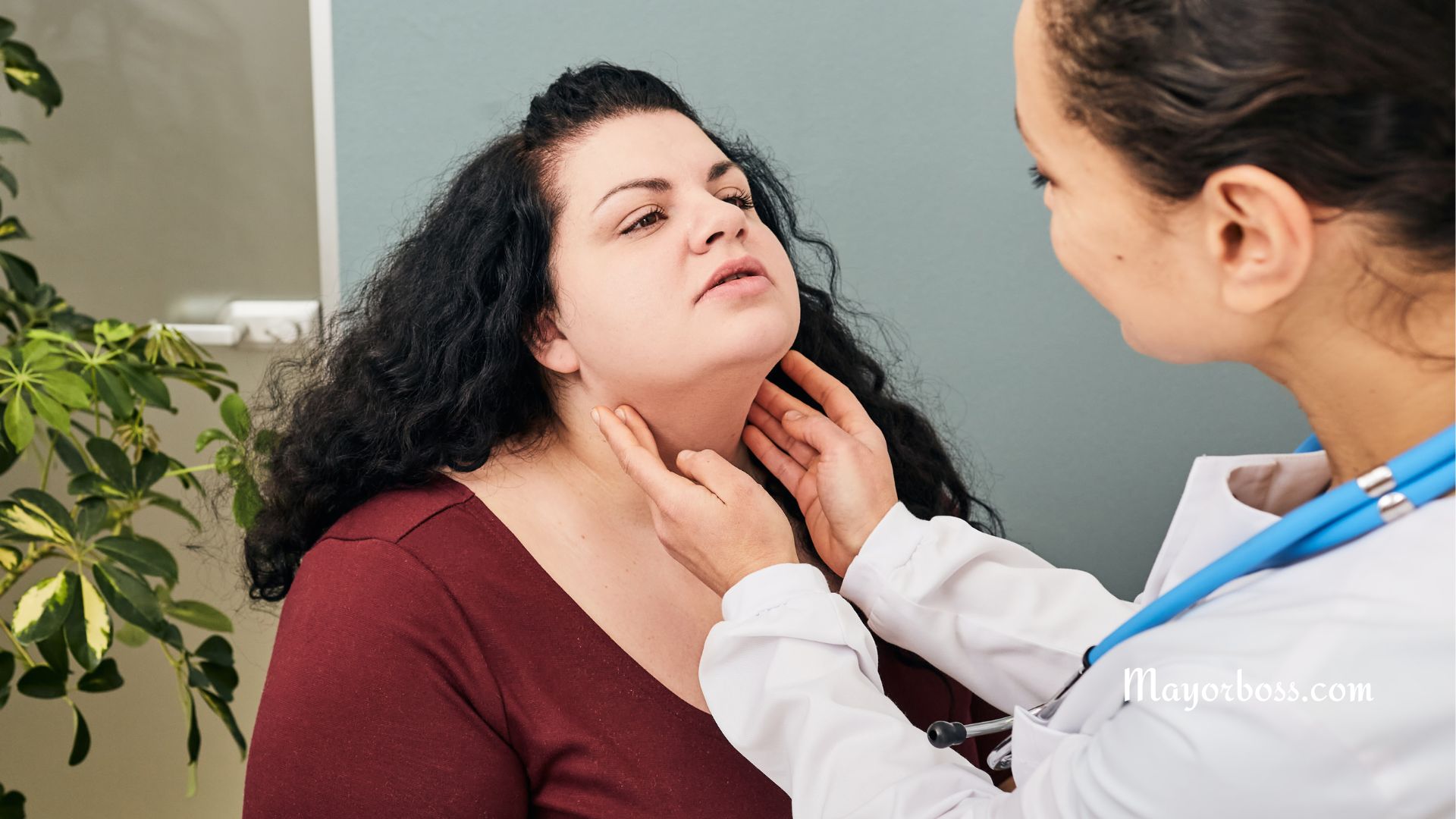8 Possible Causes of Neck Pain on the Left Side
Basic Anatomy of the Neck
To comprehend neck pain on the left side, you must first understand the basic anatomy of the neck. The neck, or cervical spine, consists of seven vertebrae (C1-C7) that support your head and connect it to your torso. Between these vertebrae are intervertebral discs, which act as cushions and facilitate movement.
Additionally, the neck contains various muscles, ligaments, and nerves that contribute to its function. The left side of the neck is comprised of all these components, and any injury or damage to them can potentially cause pain.
Causes of Neck Pain on the Left Side
Pain on the left side of your neck can come from different reasons, such as:
1. Poor Sleeping Positions
One common cause of neck pain on the left side is poor sleeping positions. If you sleep in a position that strains your neck muscles, it can lead to discomfort and pain.
For example, using a pillow that’s too high or too low may cause your neck to bend unnaturally, resulting in strain and pain. To prevent this, choose a pillow that maintains your neck’s natural alignment with your spine.
2. Muscle Strains
In some cases, muscle strains could cause neck pain on the left side. Muscle strains occur when you overstretch or tear a muscle.
Why do muscle strains happen? You may experience muscle strain in your neck due to poor posture, lifting heavy objects improperly, or sudden, forceful movements.
To avoid muscle strains, practice good posture and exercise caution when lifting heavy items.
3. Acute Torticollis
Acute torticollis, commonly known as “wry neck,” is a condition where the neck muscles involuntarily contract, causing the head to twist or tilt to one side.
This can result in neck pain on the left side, limited range of motion, and muscle stiffness. Acute torticollis often occurs suddenly and can be caused by muscle strain, inflammation, or sleeping in an awkward position.
To alleviate the pain and discomfort associated with acute torticollis, you can try applying heat or cold therapy, gentle neck stretches, and over-the-counter pain relievers. However, if the symptoms persist or worsen, talk to a doctor for better evaluation and treatment.
4. Whiplash
Whiplash is an injury to the neck that happens when your head is forcefully and rapidly thrown back and forth, typically in a car accident, physical abuse, or sports accident.
This sudden movement can cause neck muscles and ligaments to stretch or tear, resulting in neck pain on the left side. If you suspect whiplash, seek medical attention immediately.
5. Cervical Radiculopathy
Cervical radiculopathy, also generally known as a pinched nerve, typically happens when a nerve root in your cervical spine is compressed or irritated. This can cause pain, numbness, or weakness in the neck, shoulder, and arm.
You may experience cervical radiculopathy due to a herniated disc, spinal stenosis, or degenerative changes in the spine. Consult a healthcare professional if you suspect cervical radiculopathy.
6. Cervical Spine Fractures
Cervical spine fractures can result from trauma, such as a car accident or a fall. These fractures can cause severe neck pain on the left side and require immediate medical attention.
Other symptoms include intense pain, swelling, and difficulty moving the neck.
7. Meningitis
Meningitis is rare. This is an inflammation of the membranes surrounding the brain and spinal cord and can cause severe neck pain on the left side.
Other symptoms of meningitis include fever, headache, sensitivity to light, and a stiff neck. If you experience these symptoms, seek immediate medical care, as meningitis can be life-threatening.
8. Tumors
Tumors, both benign and malignant, can cause left-sided neck pain. Spinal tumors may compress nerves, causing pain and other neurological symptoms. If you suspect a tumor, seek medical advice promptly.
When to Seek Medical Attention
For mild to moderate neck pain on the left side, try over-the-counter painkillers, ice or heat therapy, and gentle stretching. However, if your pain persists, worsens, or is accompanied by other symptoms, seek medical attention. Your healthcare provider can diagnose the underlying cause and recommend the best treatment.

